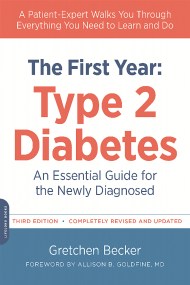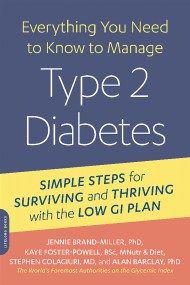Promotion
Use code MOM24 for 20% off site wide + free shipping over $45
The Shopper's Guide to GI Values
The Authoritative Source of Glycemic Index Values for More Than 1,200 Foods
Contributors
By Dr. Jennie Brand-Miller, MD
By Kaye Foster-Powell, BSc, MND
With Fiona Atkinson
Formats and Prices
Price
$8.99Price
$12.99 CADFormat
Format:
- Mass Market $8.99 $12.99 CAD
- ebook $7.99 $9.99 CAD
This item is a preorder. Your payment method will be charged immediately, and the product is expected to ship on or around December 30, 2014. This date is subject to change due to shipping delays beyond our control.
Also available from:
Genre:
- On Sale
- Dec 30, 2014
- Page Count
- 272 pages
- Publisher
- Da Capo Lifelong Books
- ISBN-13
- 9780738217932
Newsletter Signup
By clicking ‘Sign Up,’ I acknowledge that I have read and agree to Hachette Book Group’s Privacy Policy and Terms of Use







